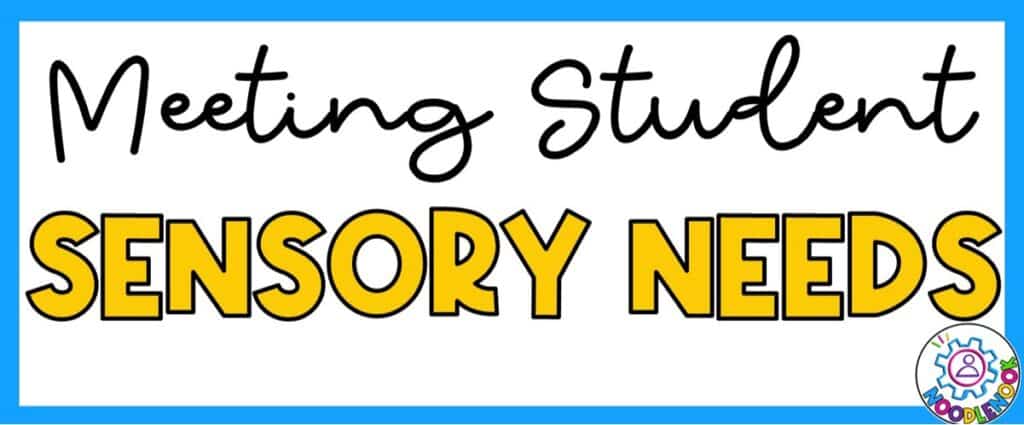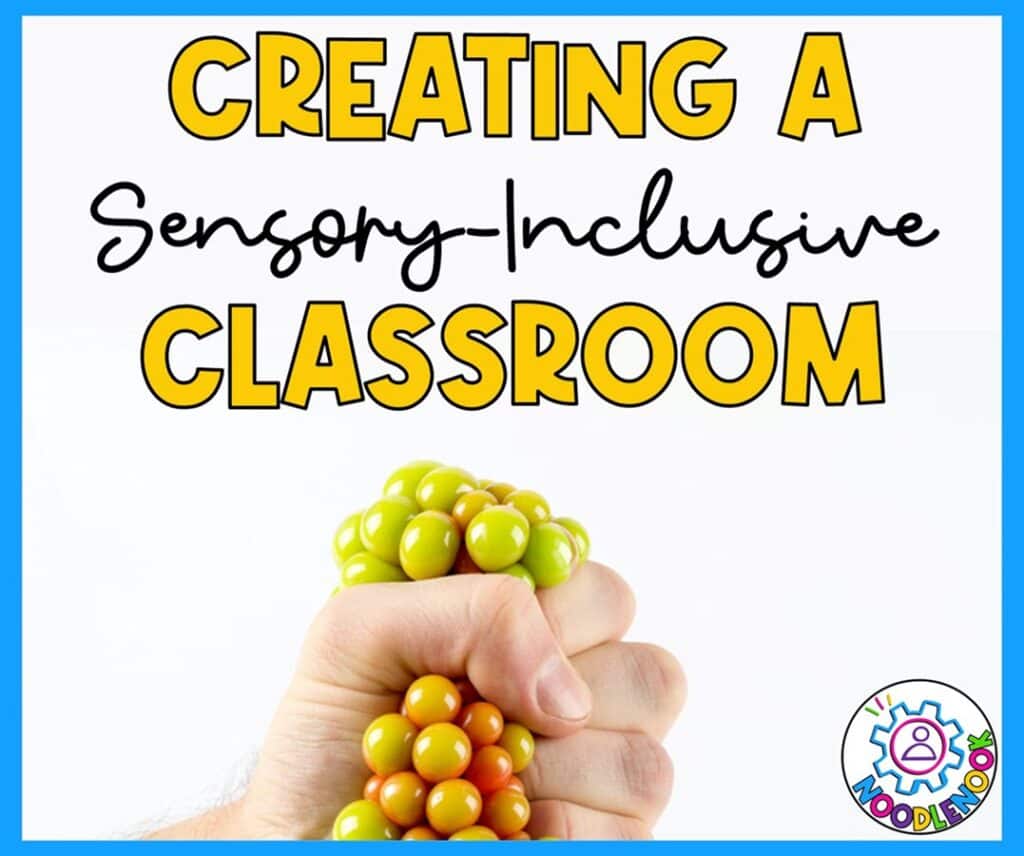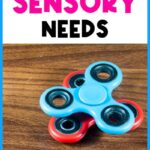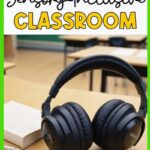Let’s face it, our classrooms can be a sensory overload zone. Between the fluorescent lights, the constant chatter, and the never-ending stream of activity, it’s no wonder some students (autistic or not) struggle to focus and stay calm. But listen up, because creating a sensory-friendly environment doesn’t require a fancy budget. All you need is a little creativity and these handy tips on creating a sensory-inclusive classroom (and maybe an Amazon Wishlist).
Remember, Sensory Needs are Unique!
First things first: there’s no one-size-fits-all approach to sensory needs. What works wonders for one student might send another into meltdown mode. The key is to observe your students and see what seems to rev them up or shut them down. In my experience, some students crave movement (think fidgeting or bouncing) while others need quiet, calming activities.
Building Your Sensory Toolkit (Without Breaking the Bank!)
Now, let’s get practical. Here is a breakdown of each sensory type and some budget-friendly tools and strategies to address a range of sensory needs:
Touch
For students who crave tactile inputs, they’re typically looking for input through the sense of touch on their skin. These students might enjoy experiences that provide deep pressure, texture, or oral sensory input.
These are also the students who seem to love getting hugs from you! Getting this type of sensory input helps them feel grounded and aware of their body.

For students who crave tactile input, try these:
Movement
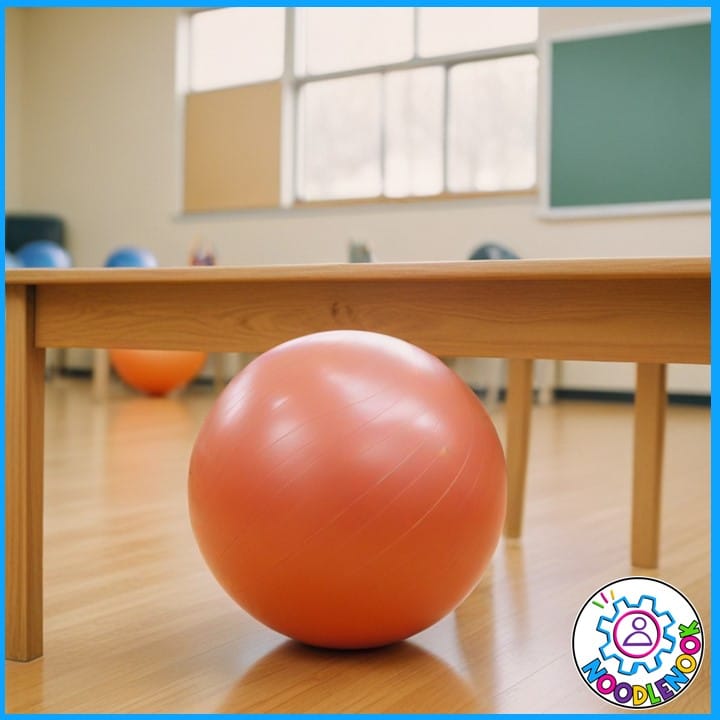
Some of our students need sensory input through movement and changing head positions.
These are students who seek out spinning, rocking, swinging, or swaying in the classroom. This isn’t without purpose, so in order to compensate for these student’s needs, movement breaks are essential!
Incorporate quick activities throughout the day like jumping jacks, desk stretches, or short walks around the classroom. You can also try:
Sight

For some students, they are highly attuned to visual stimuli like bright lights or colors.
These students may find certain visual inputs overwhelming or distracting. You might notice them with their eyes closed tight, or hands in front of their eyes in the classroom.
With these students, try:
Sound
For some people, background noise can be distracting. For others, it’s soothing. If you notice your students seem extremely sensitive to sounds, especially loud or high-pitched noises, you may need strategies to block out disruptive auditory input.
Background music might be distracting for these students because they have difficulty filtering out that secondary noise.
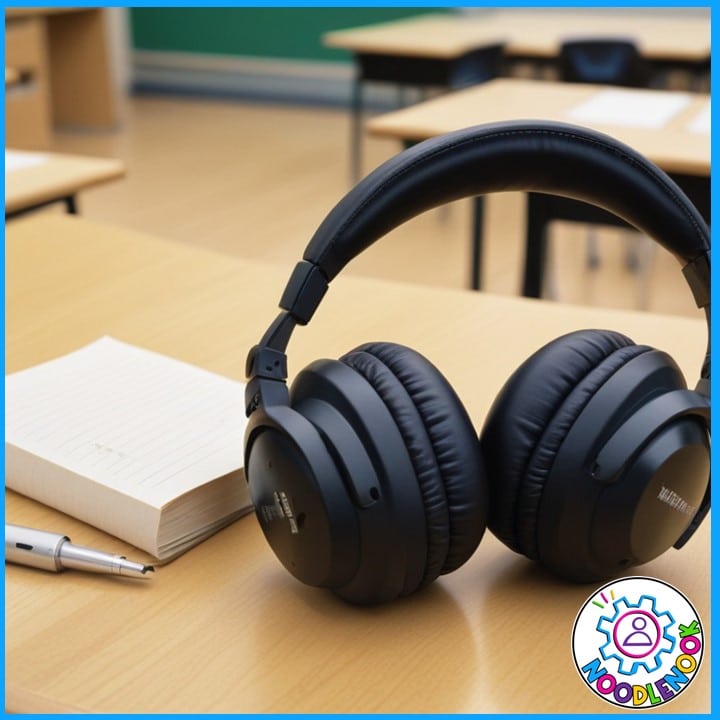
Try this:
Smell

Some students have a heightened sense of smell that can trigger reactions. Certain aromas can be calming while others may be repulsive.
When a student has a heightened sense of smell, certain olfactory inputs can be grounding or dysregulating. It’s essential to know which does what!
If sense are on the menu, try:
Sensory Diets: It’s All About Balance
Think of a sensory diet as a personalized plan to help students regulate their sensory input throughout the day. Just like you wouldn’t eat cake for every meal, sensory diets need to be varied based on individual needs. Here’s how to create one on a shoestring budget:
Not all students want sensory input, so as you meet the sensory needs of one student, consider how it may impact others. To keep everyone regulated, including yourself, look for times with high sensory input, and times with low sensory input rotating throughout the day.
If you keep your lights on low all day or always play music in the classroom, you may actually be setting yourself up for some sensory-triggered behavior. That balance keeps everyone’s diet regulated (like eating the cake AND the salad).
Remember: Consistency is Key!
The most important thing is to be consistent with your sensory strategies. By incorporating these simple tools and activities into your daily routine, you’ll be creating a more inclusive learning environment for all your students, not just the ones on the spectrum. And hey, who knows? You might even find yourself feeling a little calmer and more focused during the school day too!

